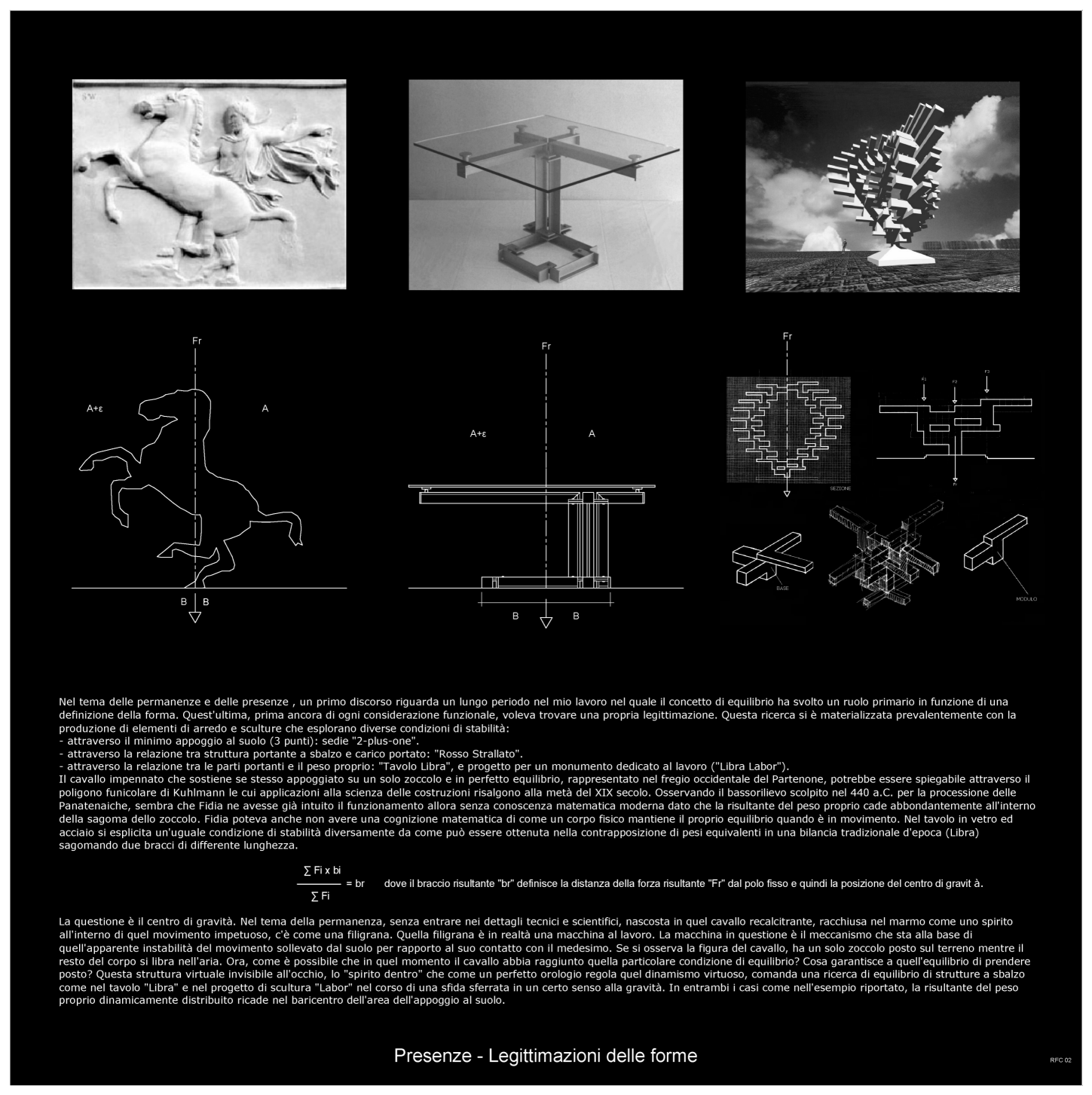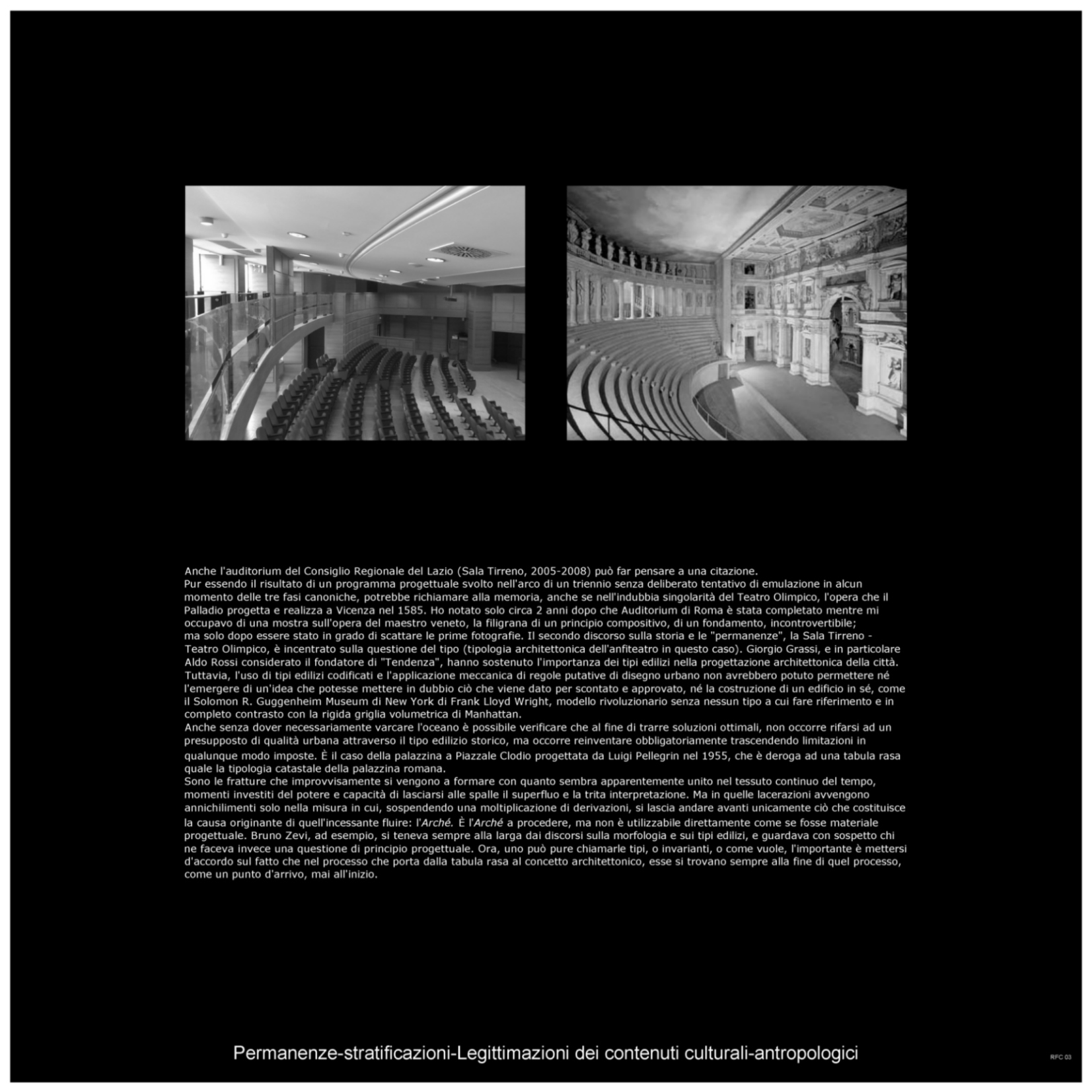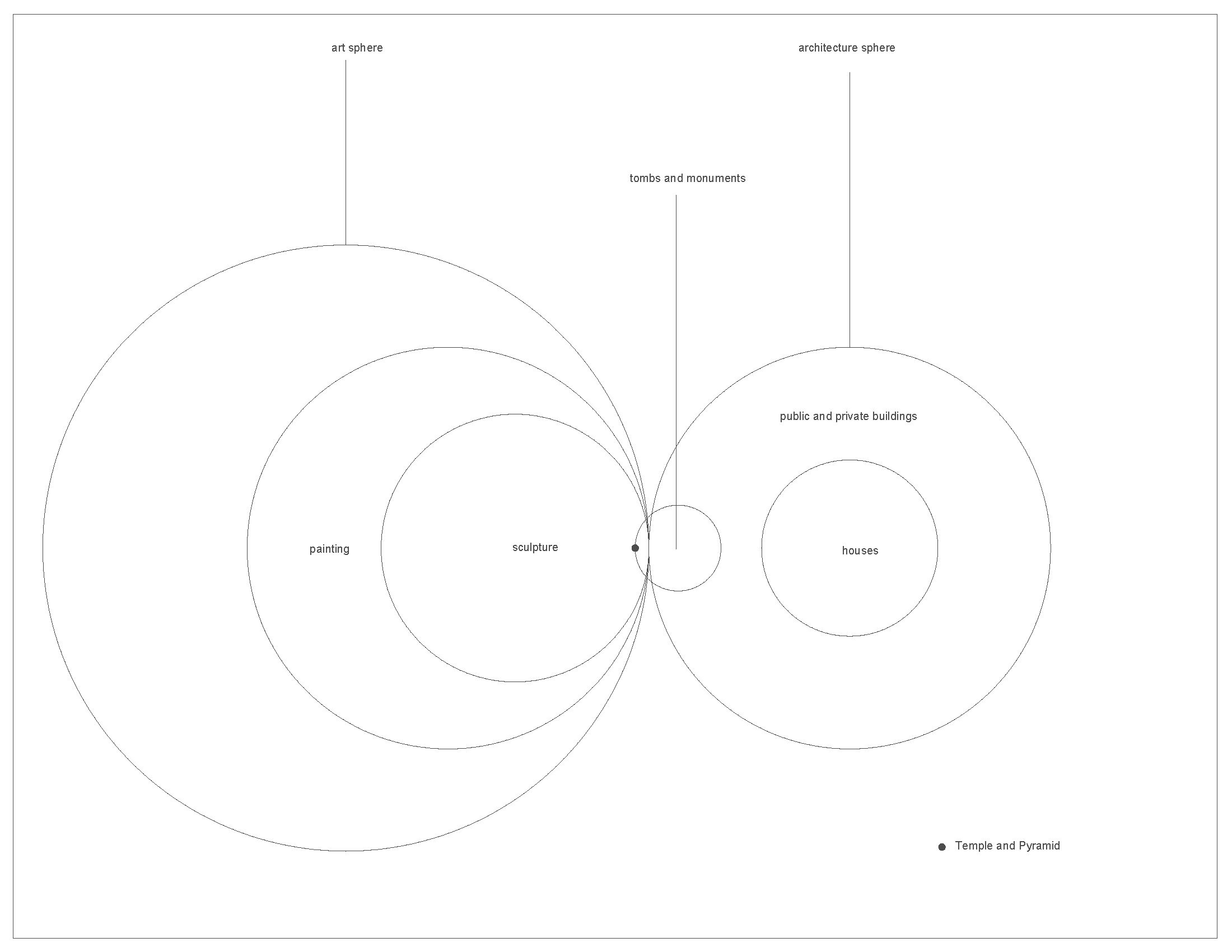



|
|
[...] "A work of art does not need to please anyone, it is brought into the world without there is need of it. The house instead meets a need ... the work of art is revolutionary, the house is conservative ... Only a very small part of architecture belongs to art: the tomb and the monument. The rest, all that is serving a purpose, should be excluded from the realm of art". Adolf Loos. "Words in a vacuum". 1897-1900 [...] "The Greek temple is not architecture ... it is rather a form of sculpture". Bruno Zevi. "Saper vedere l'Architettura". 1948 [...] "The sculptor has only to consider body, figure, site, motion and rest, he does not have to struggle with darkness or light, because nature itself creates them in his sculpture; And what about the color? Nothing to be concerned of."
Leonardo da Vinci. "Treatise on Painting". Art, like truth, is not servant to anyone, and according to Loos well know formulation, architecture is not art, with the sole exception of the tomb and the monument. And yet the Greek temple, monument by definition and supreme excellence, is not architecture (Bruno Zevi). It is devoid of that peculiar attribute that is "an internal space", which is the condition for a built form to aspire to be architecture (and not a sculpture). Consequently, even that small part of architecture which according to Loos can still aspire to the status of art, it would be a non-architecture if the definition of Zevi is correct. Or it can be said with Loos that the monument or tomb are the only form that architecture can take when it becomes art and is devoid of an internal space. The two concepts can coexist and integrate by saying that there is a boundary, a curved segment along which the Greek temple or the Pyramid can be positioned, the margin of an area of interpenetration surrounded by a thin membrane located in the vicinity of the contact point of the two spheres (architecture and art) which will never merge. If we add to these two notions Leonardo's conception of a primacy of painting over sculpture, a hierarchy then takes shape encompassing a movement from outside to inside of the 2 spheres.
 
|
|
|
|
||
|
|
|
|
||||||||||||||||||
|
|
||||||||||||||||||||
| Site Map |
